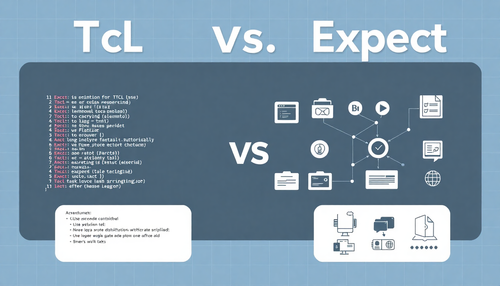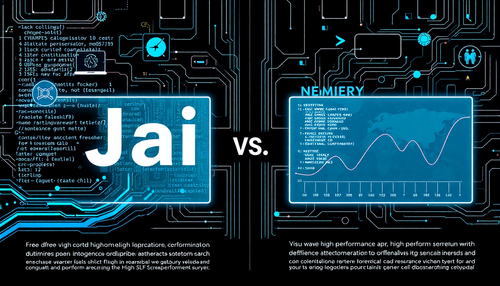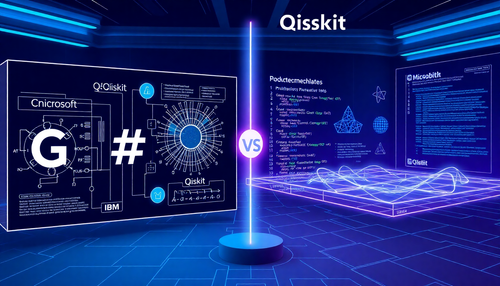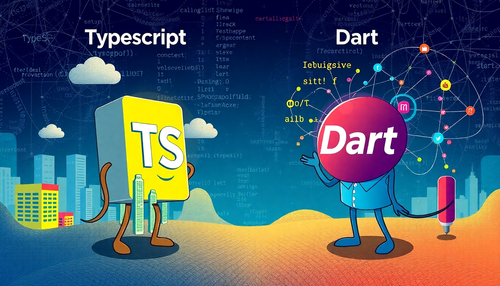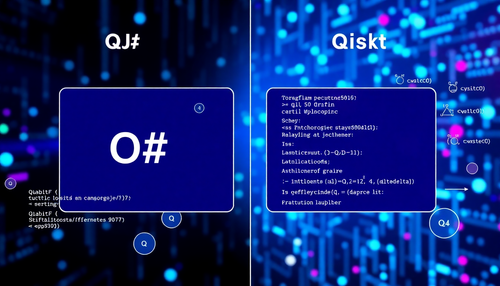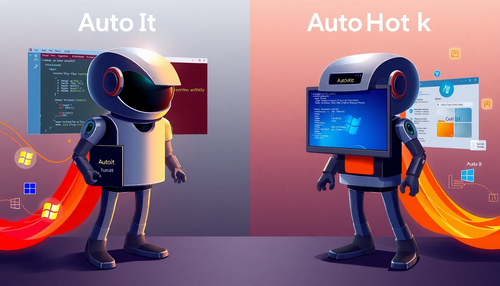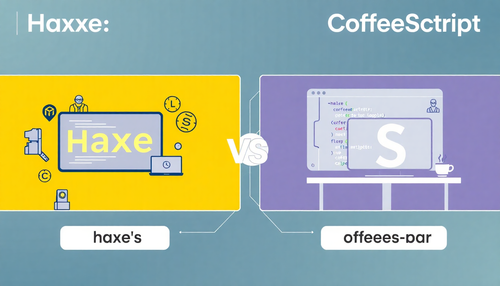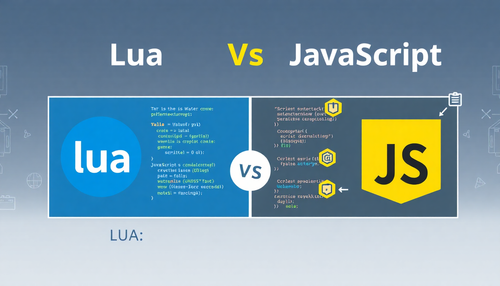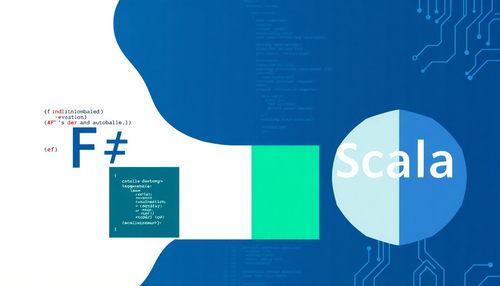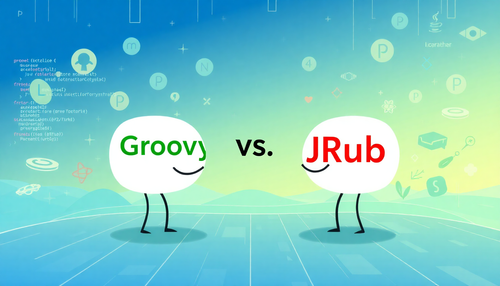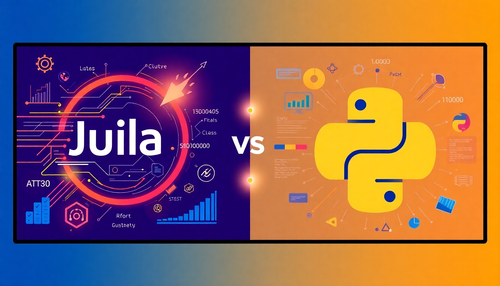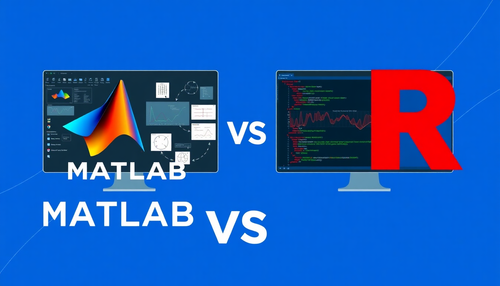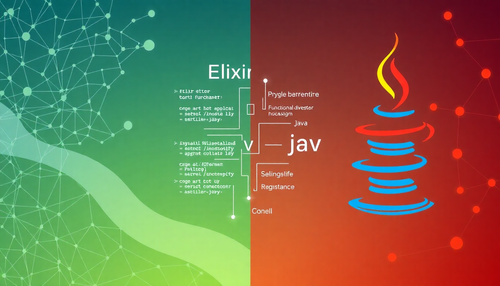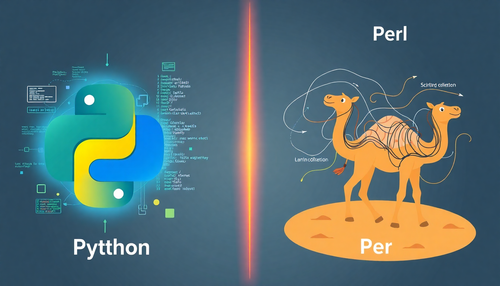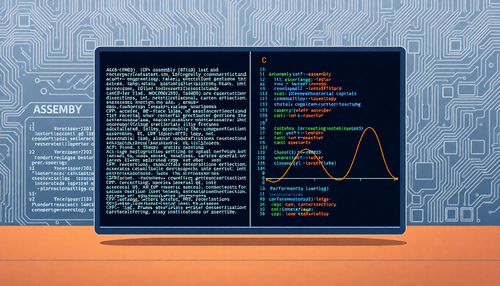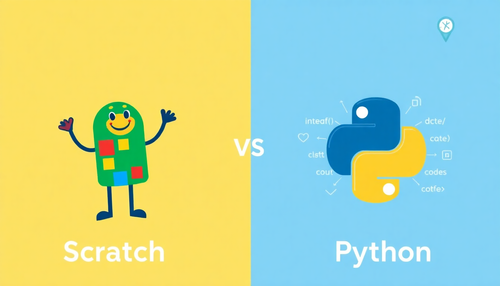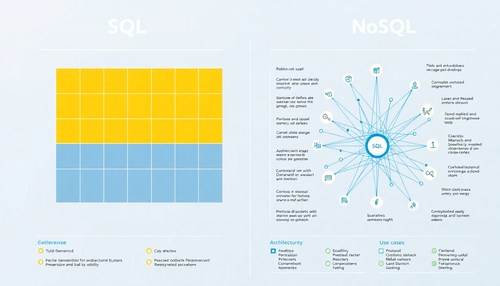Discover the top Java profiling tools of 2024 and improve your application performance with our comprehensive comparison.

Developers are always looking for tools that help them create high-quality software. Java, one of the most widely used programming languages for more than a quarter of a century, is one of the most critical tools in the programming space — but it cannot function without the help of supporting tools.
Frequent performance optimization for the most popular Java frameworks is the secret ingredient to delivering robust software. Quality and functionality require maintenance and monitoring — and that's where Java profiling tools come into play. These important tools provide performance and memory snapshots that help developers get the quality they need in their software. They are also invaluable for developers looking to optimize application performance, identify and fix memory leaks, and troubleshoot various issues in their Java applications.
What is a Java profiler?
Profilers are tools that help identify performance behavior patterns. Java profiling tools are used to perform performance monitoring, detect memory leaks, or troubleshoot application issues.
A Java profiler operates at the JVM (Java virtual machine) level, helping you monitor:
- Bytecode
- Function execution
- Memory Usage
- Topic behavior
- Garbage collection
This type of analytical tool is critical when running complex code because it helps developers and engineers monitor and identify performance gaps more quickly.
Out-of-the-box diagnostics are mandatory when running applications. Unnoticed memory leaks can degrade performance depending on application runtime, which can cause potential system-wide crashes. By analyzing thread usage efficiency, developers can avoid conflicts and minimize issues to preserve application responsiveness.
Considerations for Choosing Java Profilers
Developers often use a combination of tools based on their preferences and operations. It is important to understand the tools available to maximize application efficiency and performance.
#1 Efficiency
One of the most important features of Java profilers is the ability to strike a balance between performance speed and code accuracy during the profiling process. A quality tool will have minimal impact on application runtime and still provide fast data recovery.
#2 User Interface
An intuitive user interface (UI) allows programmers to easily navigate all of the device's features. By combining this with a solid tooling framework, setting up profiling sessions takes less time. Additionally, interpretation of collected data is easier due to the availability of automated reporting features. This is important when more communication channels and collaboration teams are involved in a project.
#3 Functionality and features
The performance of a good Java profiler can expand the possibilities of what you can build with Java. It depends not only on the user experience but also on the functionality features.
Advanced Java profilers will have an extensive set of functions that can determine quality of performance, memory, and threading issues. Some of these features enable suggestions for implementing actionable code changes to improve performance, while others enable real-time monitoring to track performance metrics. This enables reporting automation which in turn reduces the time required to perform these tasks manually.
#4 Compatibility
Compatibility is an important feature. Java profilers are often developed as separate components that can be integrated into various Java IDEs. Still, it's important to understand the onboarding process to ensure performance doesn't suffer.
Finding Java profilers that meet most of the requirements developers expect depends on their scope of performance. It is advisable to learn and understand the basic differences between the types of tools available.
Types of Java Profiler Tools
Most Java users, especially beginning programmers, limit themselves to the standard JVM profilers for debugging.
Some applications have a more complex design, which consequently requires more tools or more time to carry out a proper analysis and identify possible bugs. There are three types of Java profilers for this purpose:
- Standard JVMs are the most common and track every detail of performance.
- Lightweight profilers don't load systems as often and are injected directly into the code.
- Application performance management tools are used for monitoring the live production environment.
Standard JVM Profilers
Standard Java profilers are the most common tools that developers use to monitor how methods are created and executed. They can be integrated into the IDE or operate independently for CPU tracking, garbage collection, and thread analysis.
Although they are the most common tools used by developers, standard JVM profilers have some limitations:
- They need to be connected directly into the code, which further limits their use in development environments. Some tools can perform thread analysis and garbage creation independently, but with limited performance.
- They operate in parallel with the application, decreasing processing power and impacting the application's overall performance.
Light profilers
Lightweight Java transaction profiles are injected into the code and can focus on aspect-oriented programming (AOP) or Java instrumentation API. The first is injected into the start-end methods and reports the time required for an entire performance cycle. The latter allows instrumentation during the process.
Lightweight profilers consume less memory and are easy to configure. However, it is important to keep in mind that your application is limited and will require the use of another tool to monitor other aspects of the application's performance.
APM Tools
Application performance management Java profiling tools are specifically designed to analyze the production scenario. They are different from the standard JPT and lightweight in terms of instrumentation rules that should not impact CPU cycles. APM operates by sampling traces over a specific period of time. This provides a straightforward overview of the performance methodology during runtime.
Java Profiler Tools Review
Before deciding which tools programmers will use, they should consult industry experts and thoroughly evaluate the performance options available in each Java profiling tool. The choice depends on effectiveness, UI quality and adaptability of resources to different environments.
#1 Java VisualVM
VisualVM is a tool for Java developers to optimize performance and troubleshoot problems. It provides visual insights, profiling, and real-time monitoring of application metrics. It supports different JDK versions and includes a heap viewer to optimize memory usage.
VisualVM Features:
- View process configuration for local and remote profiling
- Performance, memory usage and monitoring
- Process thread view
- Getting and browsing heap dumps and viewing thread dumps.
Visual profiling allows developers constant access to detailed information about CPU usage, thread activity, and more. The heap viewer also enables memory leak analysis, object lifecycle tracking, and optimization to improve performance.
By supporting the installation of multiple plug-ins, the VisualIVM profiling tool extends its functionality and can seamlessly integrate with multiple versions of the Java Development Kit.
#2 NetBeans Profiler
NetBeans Profiler is an IDE add-on used for task-based profiling with customization options. One of its main features is the ability to profile complex applications using dynamic bytecode instrumentation.
Netbeans Key Features:
- Object identification leak based on allocations and garbage patterns
- Detailed insights into thread activity, CPU, memory usage, and state changes
- Remote application attachment for data collection
- Snapshot saving for offline data analysis
NetBeans IDE enables better performance optimization with proper leak identification. This helps ensure a seamless workflow with a convenient snapshot saving feature. However, the NetBeans profiler has limited compatibility with other development environments.
#3 JDK Mission Control
JDK Mission Control prides itself on its efficient and detailed data analysis capabilities for code performance, memory, and latency. Offering a complete set of tools for maintaining Java applications, it is compatible with JDK 7 and higher, ensuring accessibility to a wide range of software solutions.
Key features of JMC 8.3.1:
- Developers can use dependency and heatmap views to optimize application structure and monitor resource usage.
- WebSocket servers can assist with data collection at runtime.
- Improved Rules API offers more customization options.
With its impressive features, JMC provides detailed documentation with release notes, installation instructions, API documentation, and user guides. Unfortunately, source code distribution may be limited to authorized countries and users may face potential download issues.
#4 YourKit
YourKit Java Profiler is a simple tool that can efficiently operate with applications in cloud, container, and cluster environments. Low overhead has minimal impact on performance, ensuring accurate results. It has a user-friendly interface with intuitive tools for profiling and analyzing Java applications.
Main features of your Kit:
- Profile local and remote applications.
- Application performance analysis in clustered environments.
- Memory, thread and CPU profile for usage and optimization of code execution.
YourKit technologies are trusted by thousands of customers across industries due to the tools' wide range of applications and broad platform support (for Java EE and Java SE platforms).
#5JProfiler
A popular Java profiling tool supports multiple real-time profiling models (CPU, memory, thread, and JDBC), displaying detailed information about method execution times, memory usage, thread activity, and SQL queries . JProfilers ' seamless integration with popular Java development environments allows developers to analyze their applications in a familiar workspace.
JProfiler main features:
- A versatile set of profiling features for performance bottlenecks, memory issues, and thread issues.
- Integration with popular development environments with advanced analysis and visualization capabilities.
- UI features that make data navigation and interpretation easier.
The only downside to this Java Profiler tool is the cost – it requires a license for full functionality. However, its advanced features are worth the investment (if developers or teams are not on a tight budget).
#6 Java Interactive Profiler (JIP)
JIP is a Java-based profiling tool that is both high performance and low overhead. This tool is lightweight and capable of meeting all profiling needs.
JVP Key Features:
- On/off profile that allows flexibility when sorting application data while the virtual machine is running.
- Users can filter specific classes and packages, allowing them to focus on specific areas of code.
- JIP gives developers control over the output, allowing them to customize the information they want to see.
Many users reported that JIP is better than Jprofiler for Java profiling. Due to its low performance impact, JIP allows profiling without interfering with normal application execution.
#7 Gradle Profiler
Gradle Profiler is a powerful tool that allows developers to automate the Android version benchmarking process. By integrating with Gradle Enterprise, developers can collect and analyze benchmark results, monitor build trends, and identify regressions.
Gradle Key Features:
- Supports benchmarking and profiling with one complementing the other.
- Parallel and intra-task execution through a Worker API.
- Allows you to accurately execute different construction scenarios.
The main feature of the Gradle profiler is to automate the benchmarking process, allowing meaningful insight into build performance. Its ultimate goal is to improve the quality and efficiency of Android app development by making it a specialized software tool.
| Tool | Main features | Efficiency | User Interface | Functionality and features | Compatibility |
| JavaVisualVM | Visual insights and profiles | High | Good | Extensive functionality covering performance, memory and threading issues | Versatile |
| NetBeans Profiler | Task-based profile with customization options | Moderate | Limited | Object ID leak, insights into thread activity, CPU and memory usage | Limited |
| JDK Mission Control | Efficient data analysis for code performance, memory and latency | High | Good | Detailed documentation, dependencies and heatmap visualizations, WebSocket servers | Versatile |
| YourKit Java Profiler | Profiling in cloud, container, and cluster environments | High | Good | Memory, thread and CPU profile, broad platform support | Versatile |
| JProfiler | Real-time profiling models (CPU, memory, thread, JDBC) | High | Good | Versatile set of profiling features, integration with popular development environments | Versatile |
| Java Interactive Profiler (JIP) | High performance and low overhead profile | High | Moderate | Profile on/off, filter options | Versatile |
| Gradle Profiler | Automates the benchmarking process for Android builds | Moderate | Good | Integration of benchmarking and profiling, parallel and intra-task execution | Versatile |
Using two or more Java profiling tools allows you to apply a holistic approach to profiling for optimal performance. For example, developers can identify performance bottlenecks and optimize a Java application more effectively by combining Java VisualVM's visual insights and real-time monitoring for high-level analysis with JProfilers' in-depth capabilities for optimization.
The only downside to using multiple tools is that the budget increases. However, depending on the scope of work, it can be a sensible investment choice for companies.
Conclusion
Java Profiler tools are just one segment of the entire Java development process provided by Java developers. These tools allow programmers to react promptly if a malfunction occurs during development. With Java constantly being updated, profiling tools used for specific debugging tasks also require regular updates and maintenance.
By leveraging Java development services to stay up to date on the newest profiling tool updates and features, companies can increase their likelihood of successfully delivering Java-based software while optimizing performance. As an integral part of the development process, profiling tools equipped with the latest features can help Java developers create robust, high-quality applications that meet business needs.
If you liked this, be sure to check out one of our other Java articles:
- Java Concurrency: Master the Art of Multithreading
- Java garbage collection
- Java Integration Testing Explained with Examples
- 7 Best Java Profiler Tools for 2021
- Listed 9 Best Java Static Code Analysis Tools
Source: BairesDev








